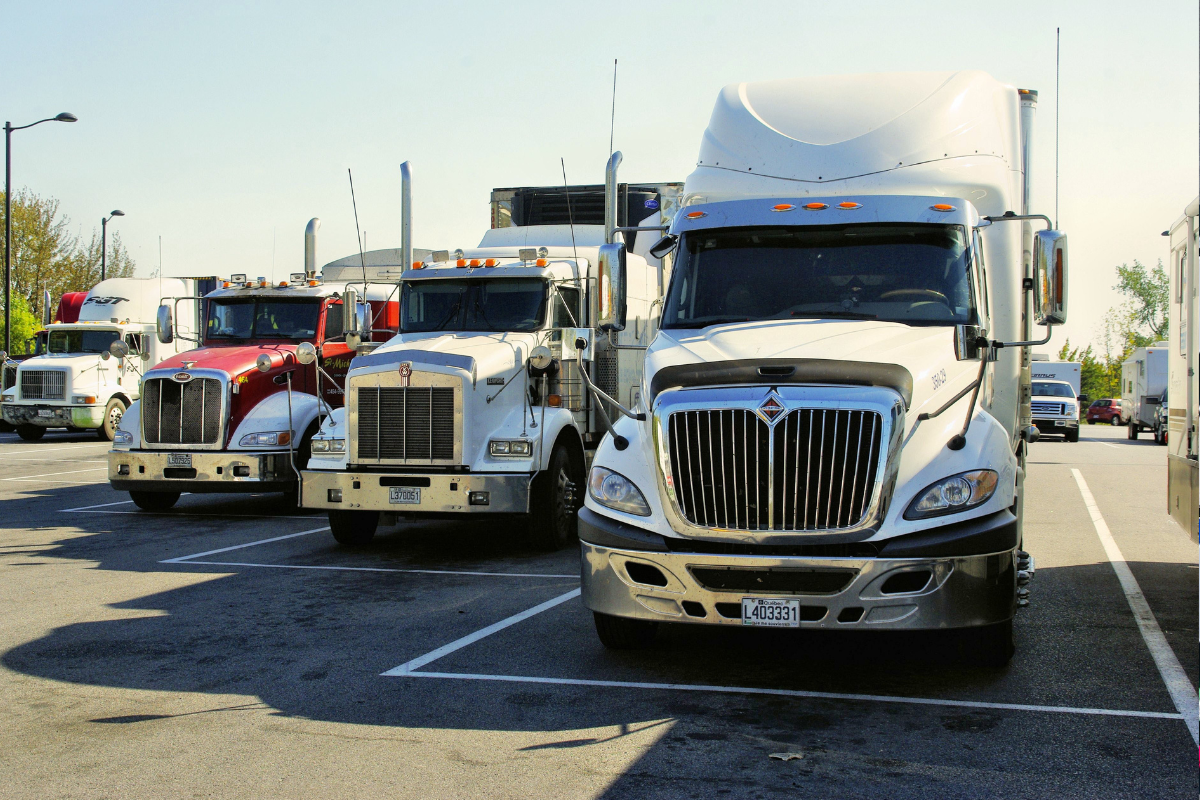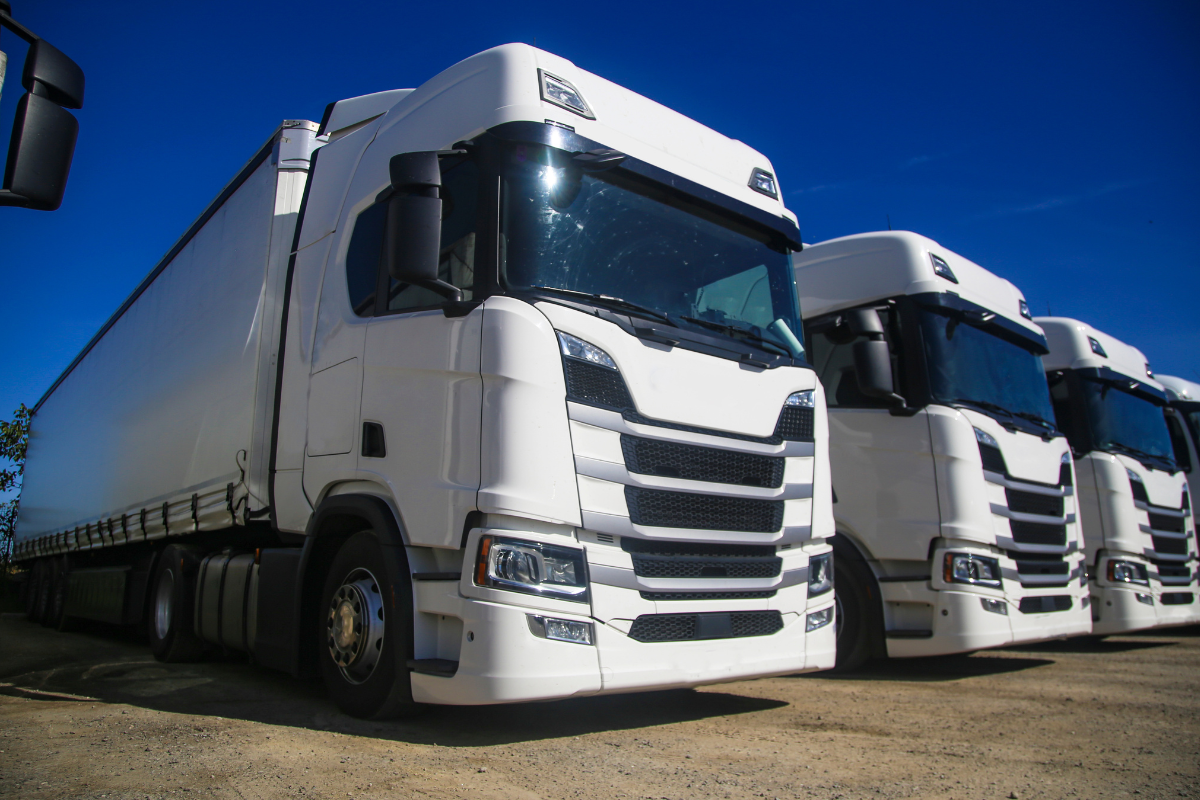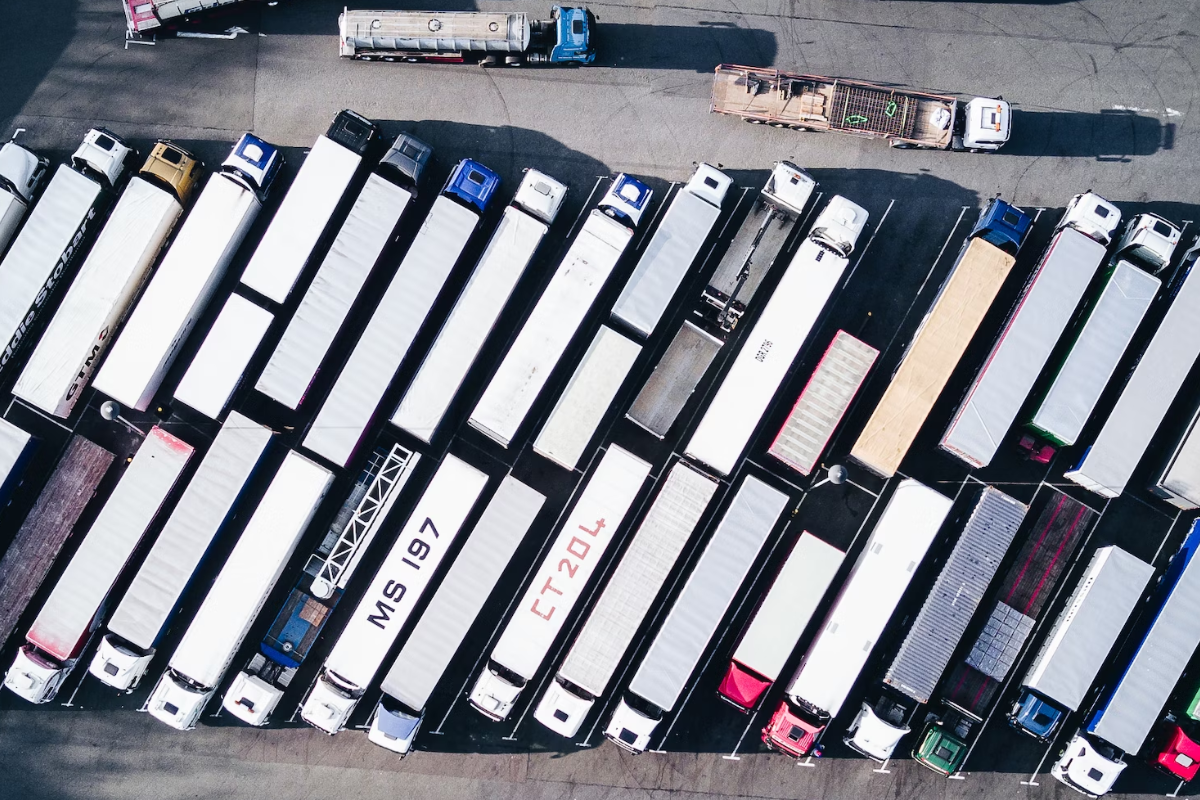The Trucking Association in America forecasts an approximate deficit of 174,500 drivers by 2024 as a consequence of the aging laborers and failure to convince younger people to join.
McKinsey underscores this with statistics showing that 5% of consumable goods within the US are transported via trucking services.
As autonomous trucking continues to grow in popularity, companies like Tyson Foods, UPS and Embark Trucks are leading the charge.
Many fleet businesses are now considering this new technology as a way of optimizing their operations.
However, apart from the potential benefits that autonomous trucking could bring, the technology may take some years to be fully implemented.
Post Contents
How Different Companies Are Using And Investing In Autonomous Trucks
Tyson Foods, one of the world’s biggest food companies, has just revolutionized the industry.

With the signing of a multi-year partnership with Gatik – a company specializing in autonomous middle-mile logistics – Tyson is employing AI powered trucks to reliably and safely deliver their prepared meats across Arkansas.
Just Food states that in an effort to tackle the nation’s looming truck driver shortage, Tyson reported that these trucks will traverse predetermined short-haul routes from their storage and distribution facilities in Rogers and Springdale areas to customers throughout Arkansas.
For such tasks, full sized trucks are a good option. A safety driver will be present inside the cab during all deliveries, set aside for monitoring or commandeering operation if needed.
UPS continues its foray into the world of autonomous trucking. SupplyChainDigital notes that with this investment in TuSimple, the logistics company looks to leverage the latest self-driving technology for its commercial transportation needs.
The benefits of deploying such vehicles are greater safety on roads as well as reductions in fuel consumption, vehicle maintenance and labor costs – ultimately making shipping and delivery services more efficient than ever before.
The two companies plan to trial a route in Arizona using level 4 autonomous trucking, while committing to maintaining a human driver, who oversees operations from start to finish.
This way, customers can be confident that those behind the wheel remain safely vigilant at all times during their journey.
Embark Trucks is proving to the world that autonomous trucks are no more science fiction but a reality.
The company’s ambitious mission of developing and deploying driverless vehicles has now become a tangible possibility.
Built in highlights that the objective of driverless trucks is spearheaded by utilizing mapping technology, through sensors and cameras to collect real time data.
The data is then analyzed and processed by a sophisticated software by the name of Vision Map Fusion, which then responds with the relevant output.
Predicting The Arrival Of Routine Full-Size Autonomous Trucking
Absorbing new tech into daily life doesn’t happen in a snap, right? Take driverless trucks – word from Investor.com is that it will likely be between three to five-more years before these robotic vehicles become a familiar sight on our highways.

Right now, truck companies spend almost half their budget on driver wages and benefits. But guess what?
Ditching the driver and going fully autonomous could trim their expenses by around 20%. Not bad, right?
Obviously, there are rules for truck drivers because they’re only human! They can spend a max of 11 hours behind the wheel before they need to take a ten-hour chill.
But autonomous trucks are game-changers. They don’t need rest or sleep, so they could potentially keep going all around the clock, stopping only when they need fuel or the sensors need a quick cleanup.
However, it’s not all smooth sailing. Unexpected things happen on the road, and right now, humans may have the upper hand in making split-second decisions.
Also, let’s not forget about all the truck drivers that could lose their jobs to robots – we need to figure that one out.
Another thing to consider is that laws need to catch up with technology. Who takes the fall when a driverless truck causes an accident?
The Question Of Maintenance
Looking after driverless trucks isn’t quite the same as caring for traditional ones, you know?
Let’s talk about what makes maintaining and repairing autonomous vehicles different, and how these changes could shake things up for fleet businesses’ usual way of doing things.
Remember those sci-fi movies where you’d see robots getting patched up by other robots or advanced technologies? Yeah, maintenance of autonomous trucks is kind of going in that direction.
Here, the focus is more on tech details like software updates or sensor cleaning, rather than just changing worn-out tyres or oil.
Picture that instead of mechanics, we’d need tech whizzes who can keep trucks’ computer systems running smoothly. And instead of a regular garage, we’d need well-equipped, high-tech service stations.
This shift could have a major influence on fleet businesses. They would have to invest more in advanced diagnostic tools and skilled technicians.
But it’s not all doom and gloom for them! Given that autonomous trucks can perform self-diagnostics, they could warn businesses of potential issues in advance.
Think about it – less time spent in emergency repairs equals more time on the road and, potentially, more profits.
Bottom line, driverless trucks are coming, but we’ve still got work to do. They’ve got the potential to save money and time – but until we iron out the kinks, it’s a road trip with a few more pit stops.





























